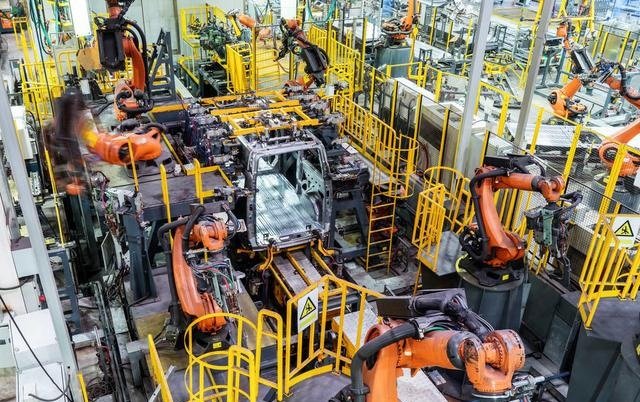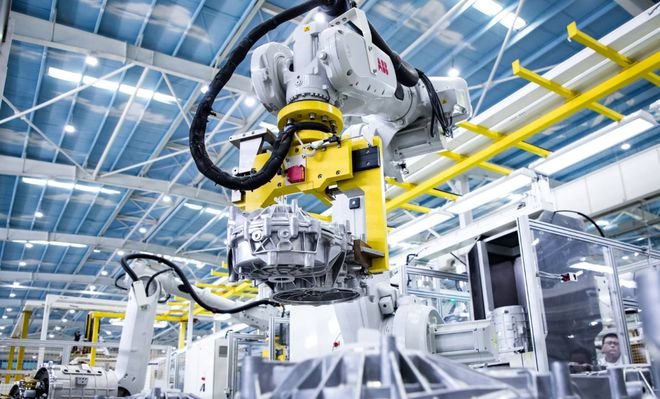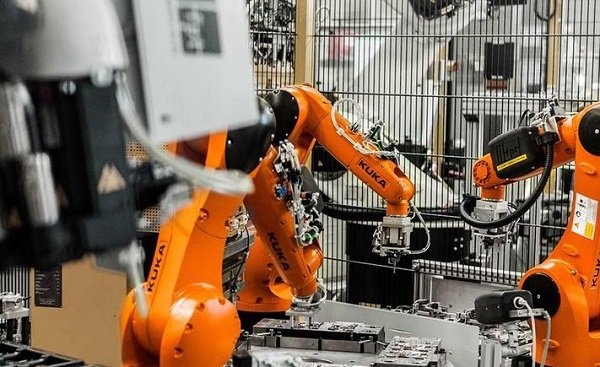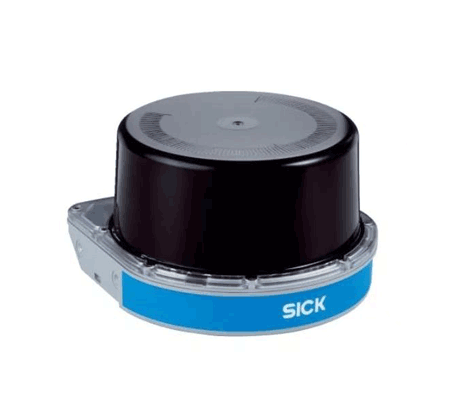The Modern Advantages of SICK Sensors: Precision, Innovation, and Reliability

Introduction: Why Choose SICK Sensors?
In today’s fast-paced industrial world, SICK sensors have become synonymous with precision, reliability, and efficiency. From manufacturing plants to logistics automation, these cutting-edge sensors are driving the next generation of industrial automation. Businesses across the globe trust SICK sensors to enhance productivity, ensure safety, and optimize performance. But what exactly makes them the modern industry standard? Let’s explore.
The Technological Edge of SICK Sensors
High-Precision Sensing for Unmatched Accuracy
One of the standout features of SICK sensors is their unparalleled accuracy. Whether it’s detecting minute changes in environmental conditions or identifying precise object positions, SICK sensors utilize state-of-the-art technology to deliver precise and reliable results. Their advanced algorithms and high-resolution optics ensure that no detail goes unnoticed.
Intelligent Integration with Industry 4.0
The rise of Industry 4.0 demands smart, interconnected systems, and SICK sensors are at the forefront of this revolution. With IoT-enabled capabilities, these sensors seamlessly integrate with modern industrial networks, allowing for real-time data transmission, predictive maintenance, and autonomous decision-making. This level of connectivity is a game-changer for businesses looking to optimize their operations.
Robust Design for Extreme Environments
Industries such as automotive, food processing, and logistics often operate under harsh conditions. SICK sensors are built to withstand extreme temperatures, vibrations, dust, and moisture while maintaining peak performance. Their rugged design ensures longevity and reliability, reducing the frequency of replacements and minimizing downtime.
The Key Advantages of SICK Sensors
Superior Safety and Risk Mitigation
Safety is non-negotiable in industrial settings, and SICK sensors excel in ensuring a hazard-free work environment. Whether used in machine safety applications or personnel protection, these sensors detect potential risks and trigger immediate preventive actions. Their laser scanners, safety light curtains, and emergency stop solutions significantly reduce workplace accidents.
Increased Operational Efficiency
Efficiency is the backbone of any successful operation. By using SICK sensors, businesses can automate complex processes, reduce manual intervention, and achieve higher throughput. These sensors enhance machine efficiency by enabling precise positioning, speed control, and quality inspection, ensuring that production lines run smoothly without unnecessary interruptions.
Cost-Effectiveness and Long-Term ROI
Investing in SICK sensors is a strategic decision that pays off in the long run. Their advanced technology reduces operational costs by minimizing errors, improving product quality, and lowering maintenance expenses. The durability and reliability of these sensors translate to fewer replacements, making them a cost-effective solution for businesses striving for long-term profitability.

Industry Applications of SICK Sensors
Manufacturing and Automation
Manufacturing plants heavily rely on SICK sensors for process optimization, quality assurance, and robotic automation. These sensors facilitate precise measurements, part detection, and defect identification, ensuring that every product meets high-quality standards.
Logistics and Warehousing
In the logistics sector, efficiency is paramount. SICK sensors streamline inventory management, automate barcode scanning, and optimize material handling. Their integration with conveyor systems, AGVs, and warehouse automation technologies ensures seamless operations, reducing human errors and increasing overall efficiency.
Healthcare and Pharmaceutical Industry
In the medical and pharmaceutical industries, precision and hygiene are crucial. SICK sensors play a vital role in ensuring accurate measurements, maintaining sterile environments, and tracking the movement of critical supplies. Their application in automated dispensing systems and laboratory equipment enhances efficiency and reliability in healthcare operations.
Automotive and Robotics
Modern automotive production lines depend on SICK sensors for vehicle assembly, paint inspection, and automated welding. In robotics, these sensors enhance navigation, object detection, and safety monitoring, enabling seamless collaboration between humans and machines.
The Future of SICK Sensors: What’s Next?
AI-Powered Predictive Maintenance
The next evolution of SICK sensors lies in artificial intelligence and machine learning. With AI-driven predictive maintenance, these sensors will analyze vast amounts of data to predict potential failures before they occur, minimizing downtime and maximizing efficiency.
Sustainable and Energy-Efficient Solutions
As industries strive for sustainability, SICK sensors are evolving to become more energy-efficient. Future developments will focus on reducing power consumption while maintaining high performance, aligning with global sustainability goals.
Enhanced Cybersecurity for Smart Sensors
With increased connectivity comes the need for enhanced cybersecurity. SICK sensors are continuously improving their data encryption and network security features to prevent unauthorized access and cyber threats, ensuring safe and secure industrial automation.
Conclusion: The Ultimate Choice for Modern Industries
In a world where precision, efficiency, and reliability are paramount, SICK sensors stand out as the industry leader. Their cutting-edge technology, seamless integration with smart systems, and unparalleled safety features make them an indispensable tool for modern businesses. Whether in manufacturing, logistics, healthcare, or robotics, SICK sensors empower industries to achieve excellence with confidence.
If your business is looking for the best-in-class sensor solutions, it’s time to invest in SICK sensors—where innovation meets performance!
| Model:FC-GPCS-SAI16-PF |












